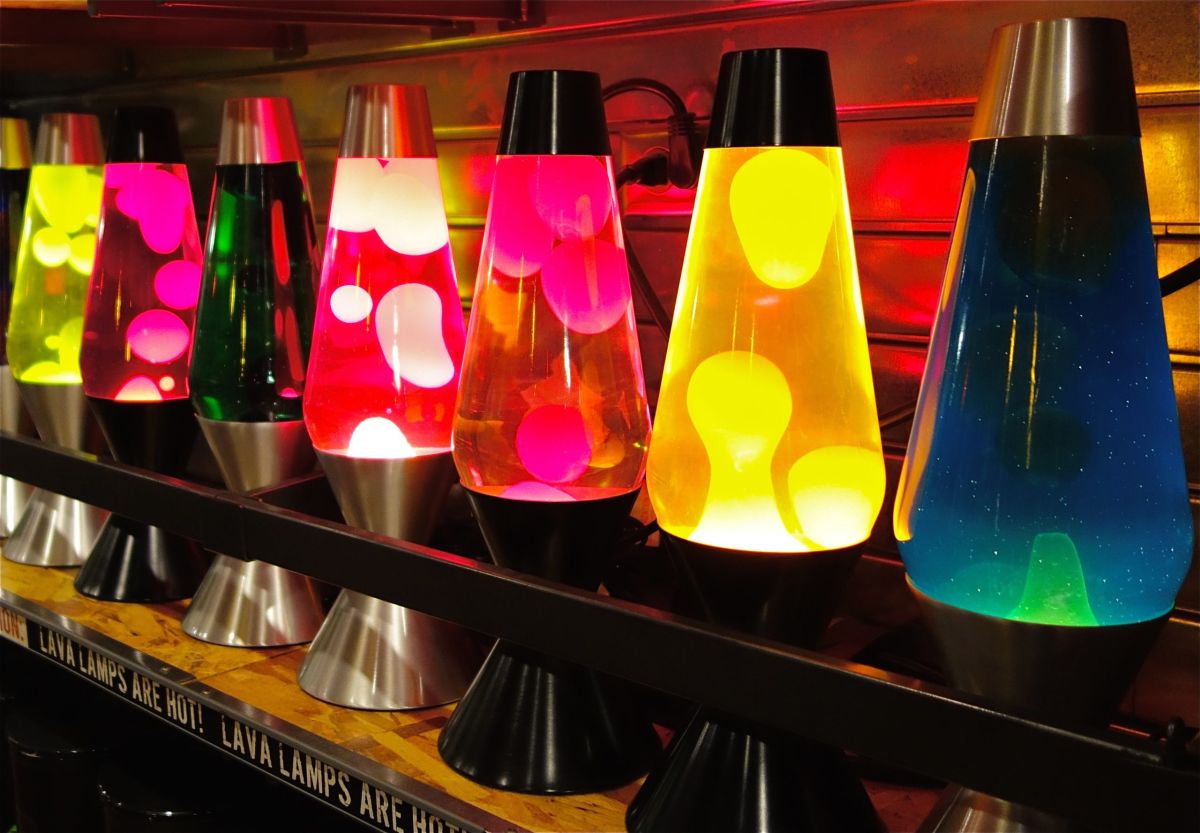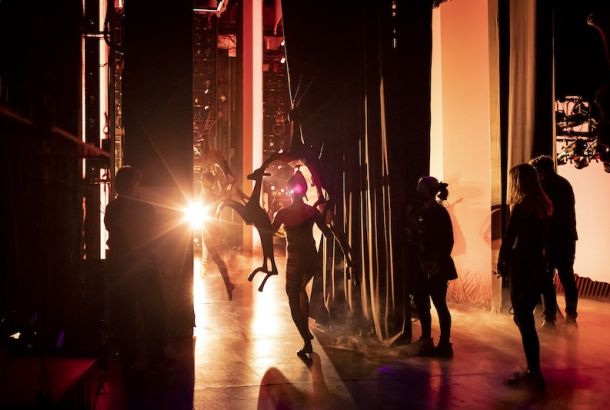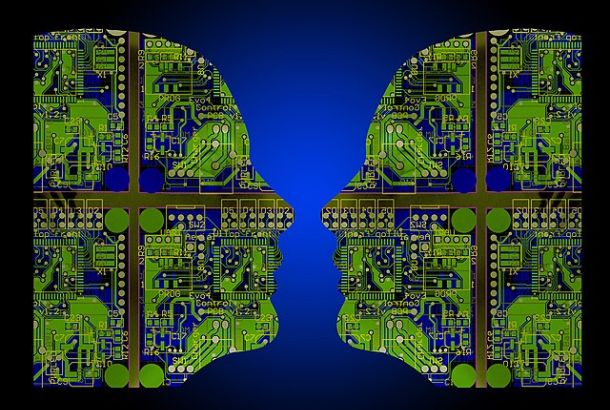How Lava Lamps are Protecting Your Online Data

As someone who – despite editing for the Science and Tech section – is terrible with computers, technological security always seems kind of intimidating to me.
Maybe you, like me, associate it with massive whirring machines in heavily padlocked rooms, or perhaps tech whiz-kids in a bond villain lair. So what does a wall of lava lamps in a busy office lobby have to do with security?
When you write a text or email, you normally want to be sure that only you and the person receiving it can read it. Although there are numerous reasons why this may not end up being true, one of the easiest ways to keep it private is to encrypt the words.
The encryption process works like this: I might send the following text to my friend:

The encryptor then takes the words, and scrambles them into an unreadable format, known as a ‘cipher text’. This might look something like this: ‘Dfiuwhc’’nrituhgFnpwiemwdj2ni=pufn4WlrsfQe4n’.
When Jade opens the message, it is automatically decoded for Jade to read.
For this to work, both of us need access to the same encryption key, which consists of a set of complex algorithms that encrypts and decrypts the data.
It’s kind of like when you talked about people you liked at secondary school. Both of you needed to know that “orange boy” meant Dylan, or you wouldn’t have a clue what your friend was going on about (unfortunately, this is a genuine nickname my friend used).
There are two main types of encryption, symmetric and asymmetric. For symmetric encryption, everyone involved uses one secret key for both encryption and decryption. For asymmetric encryption, one publicly shared key, shared publicly, is used for encryption, whilst another private key is used for decryption.
Regardless of type, these encryption keys need to be impossible for a third party to guess, or there is no point in using them at all. This is where the problem begins.
Computers are, by design, terrible at being unpredictable. This is helpful when, for example, you type in 1+1 into your smartphone calculator, and it outputs 2. It won’t suddenly decide, on a whim, to show you the number 4 and make you doubt all of your primary school knowledge. That would be unhelpful.
However, this logical nature means that computers cannot generate completely random numbers. There will always be some form of pattern, despite random number programmes getting better over time.
This is where the lava lamps come in. One of the entrancing things about a lava lamp is its lack of pattern. The blobs rise and fall out of nowhere, it’s part of their attraction.
It’s for this reason that CloudFlare, a Content Delivery Network – a sort of giant Virtual Private Network – decided to use photographs of a wall of lava lamps as the source of its cipher texts. These so-called cryptographic seeds are an excellent source of randomness, which in turn makes very secure encryption keys.
This randomness is enhanced by the placement of the wall in the lobby of CloudFlare’s San Francisco headquarters. People walk past the wall, stand in front of it to have a chat and generally get in the way of the camera. This all contributes to the entropy of the photographs, and therefore the security of the data CloudFlare processes.
Who knows? Next time you enter your info into a website, it may be lava lamps protecting you and your data.
Want to make your own lava lamps at home? Find out how here.







